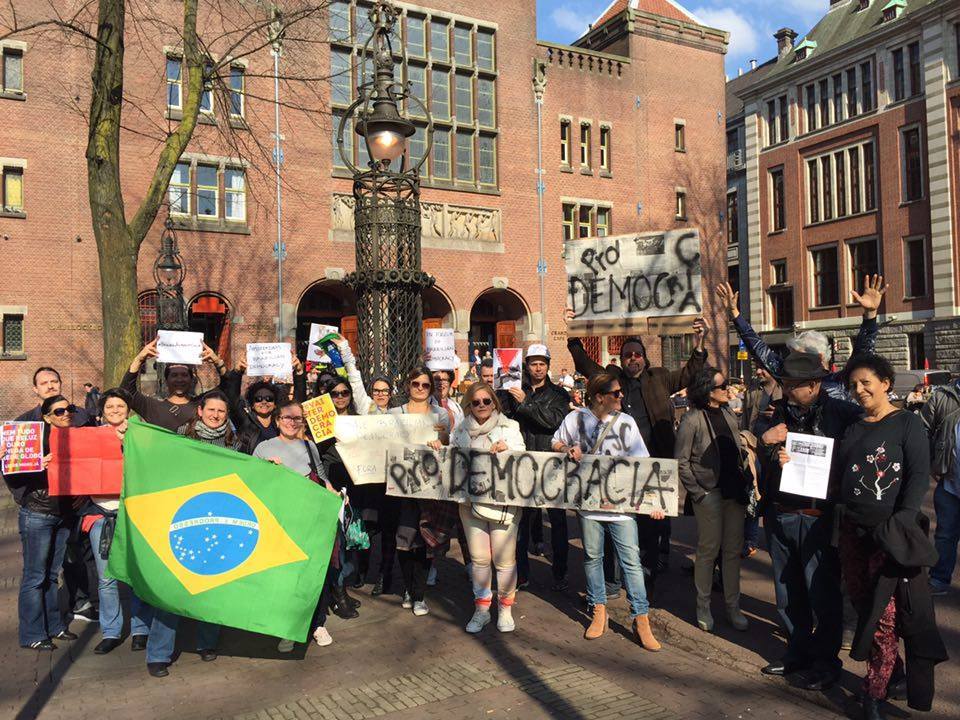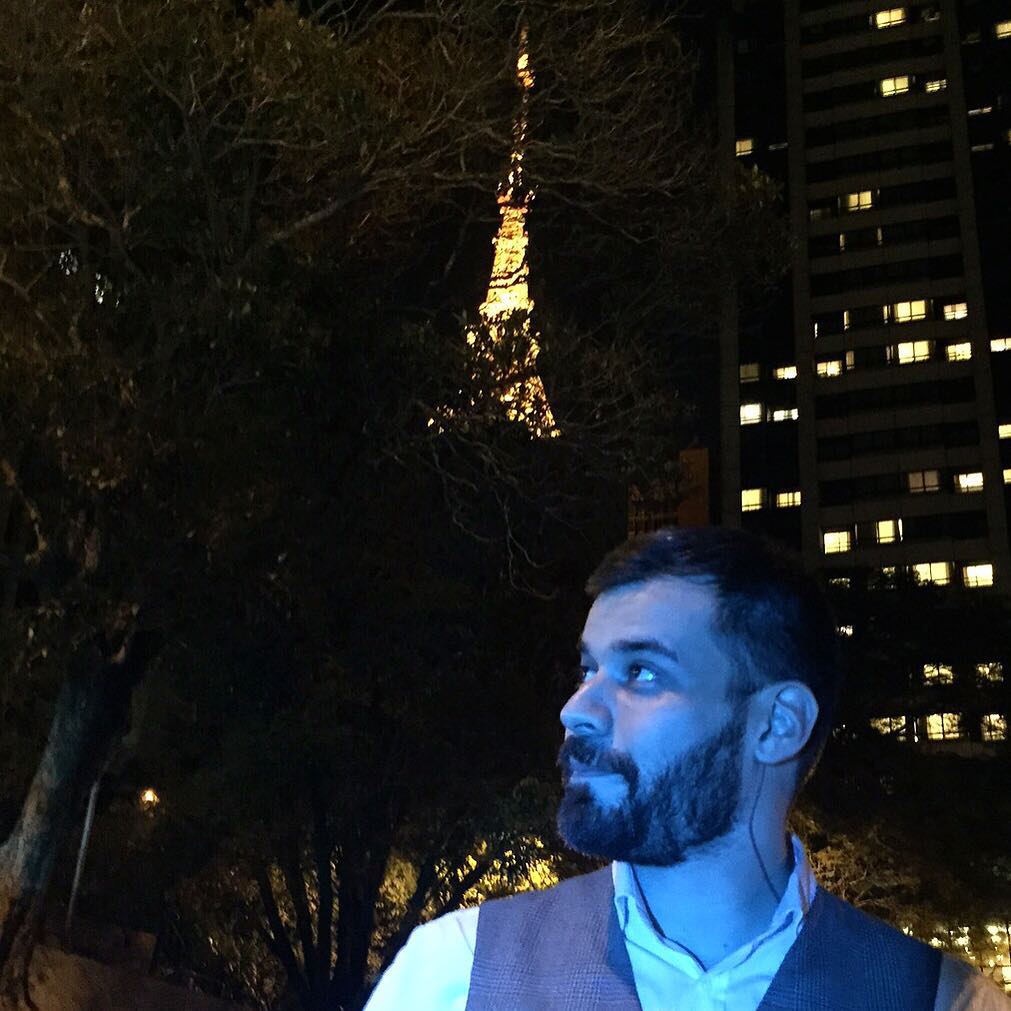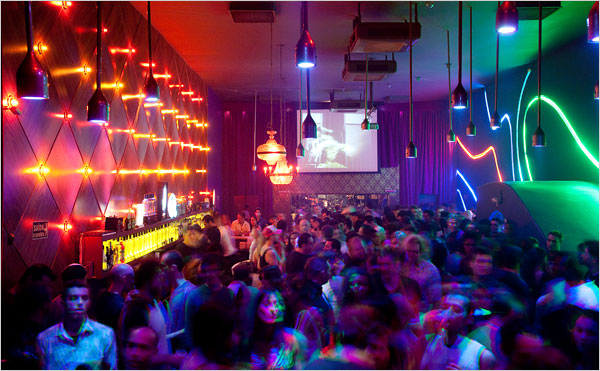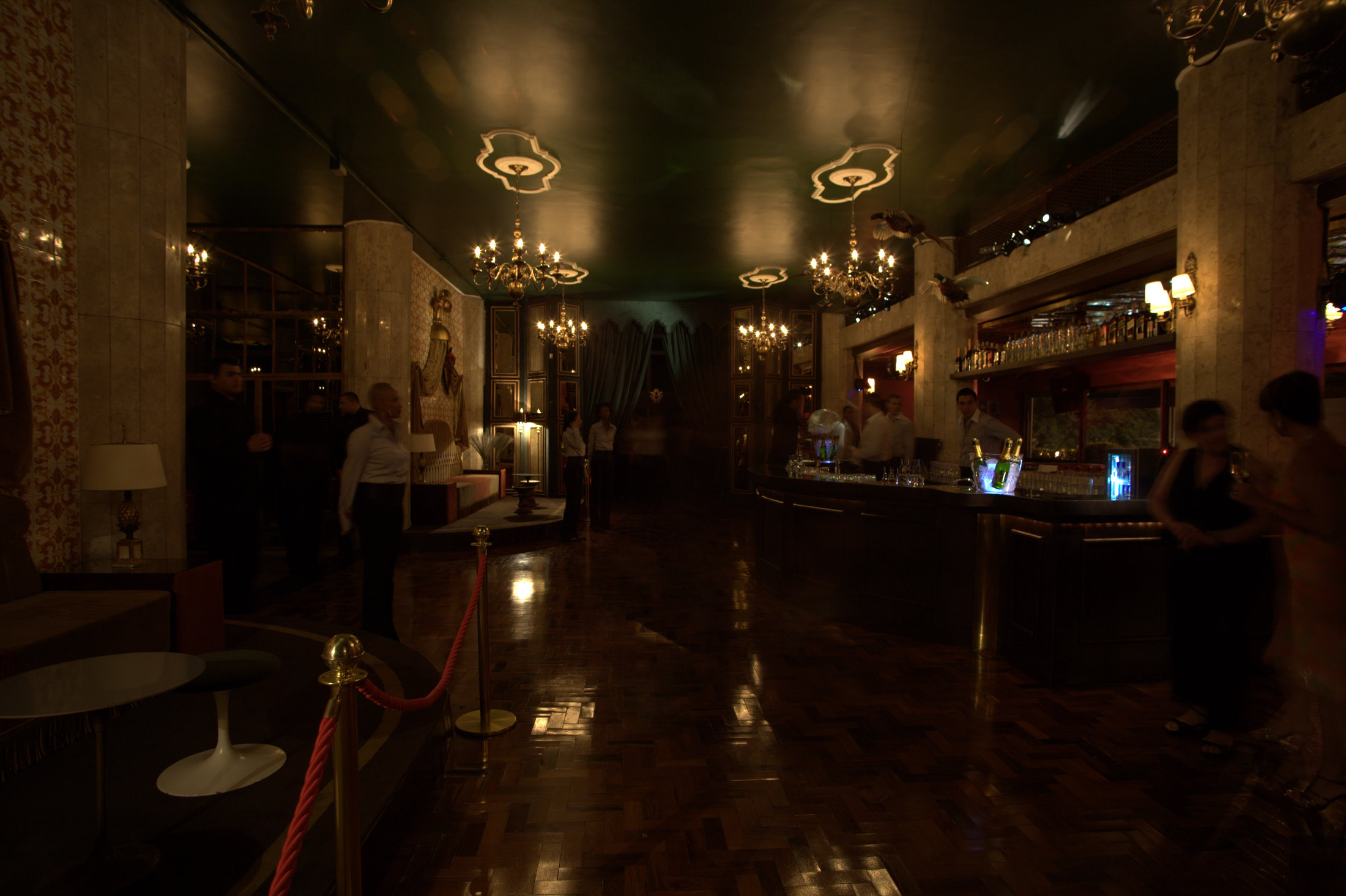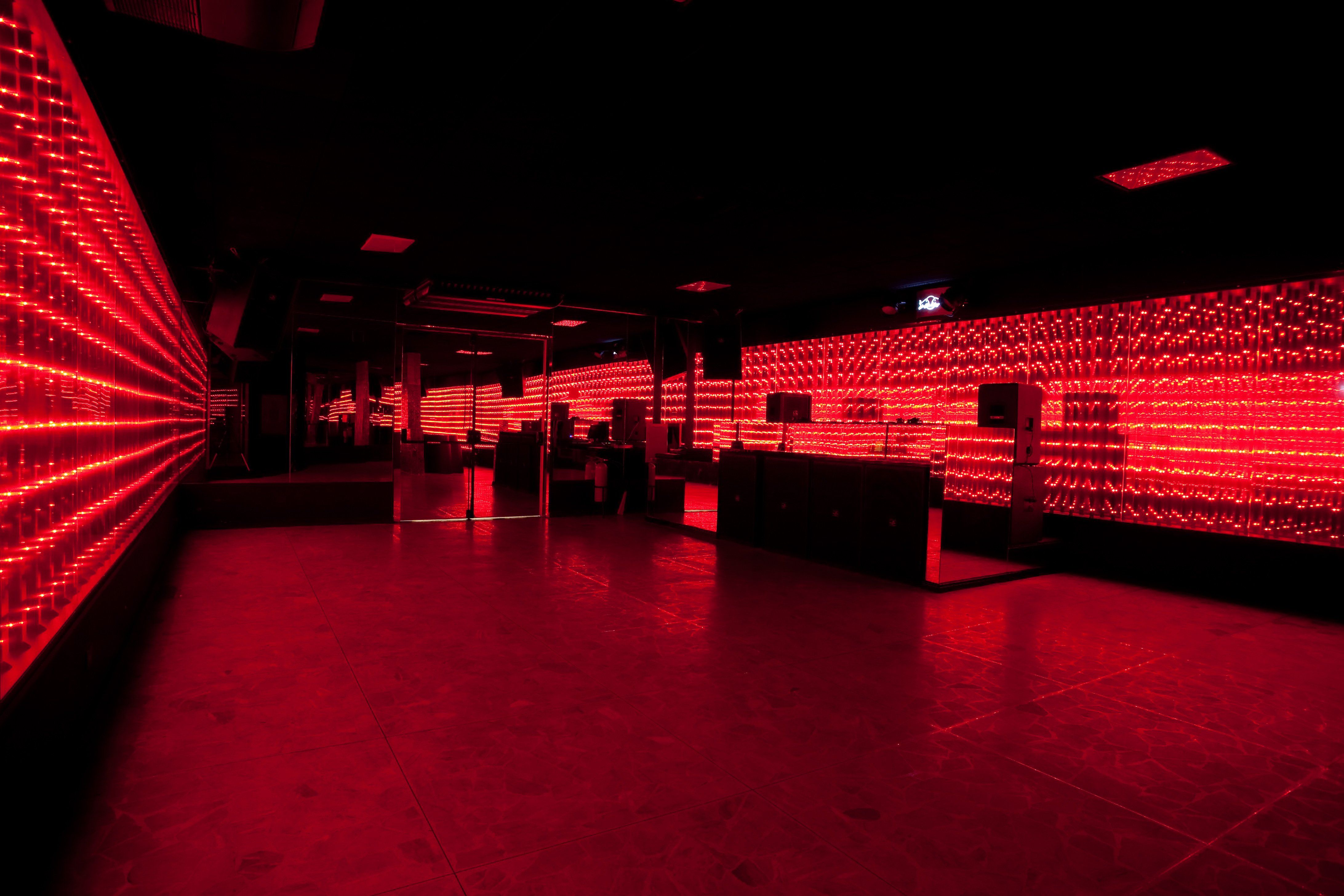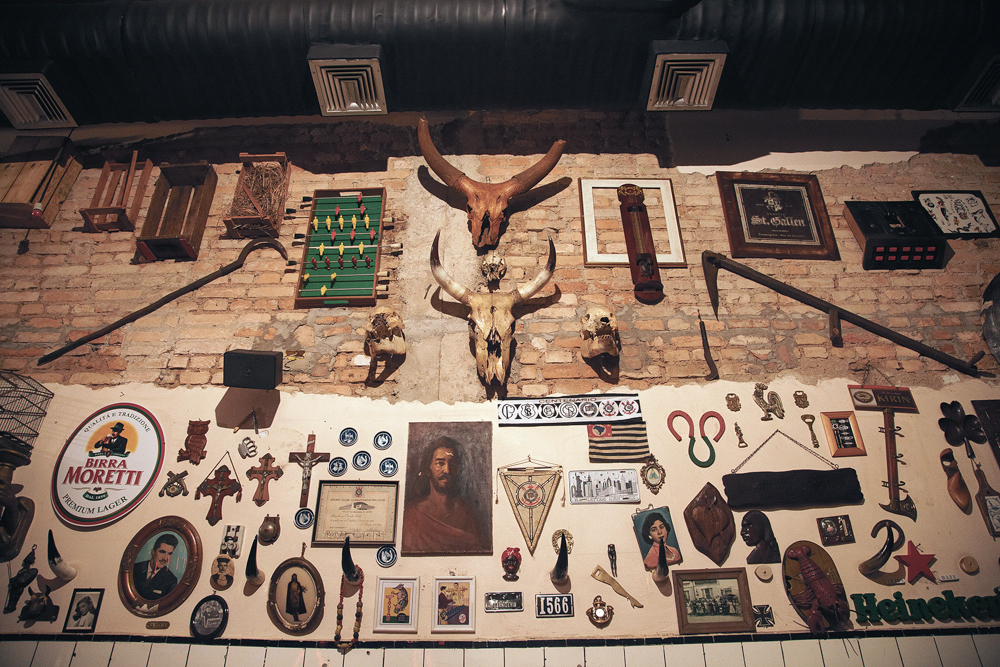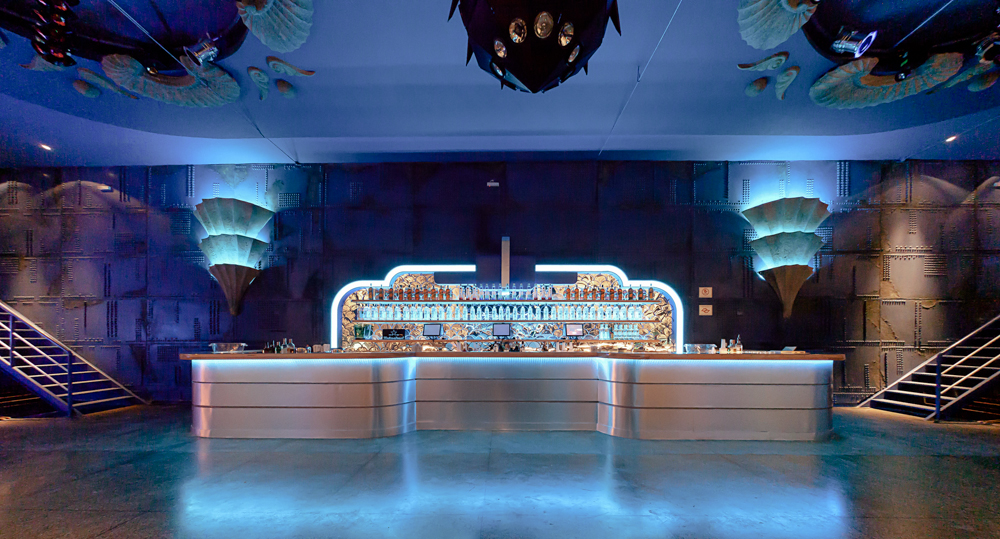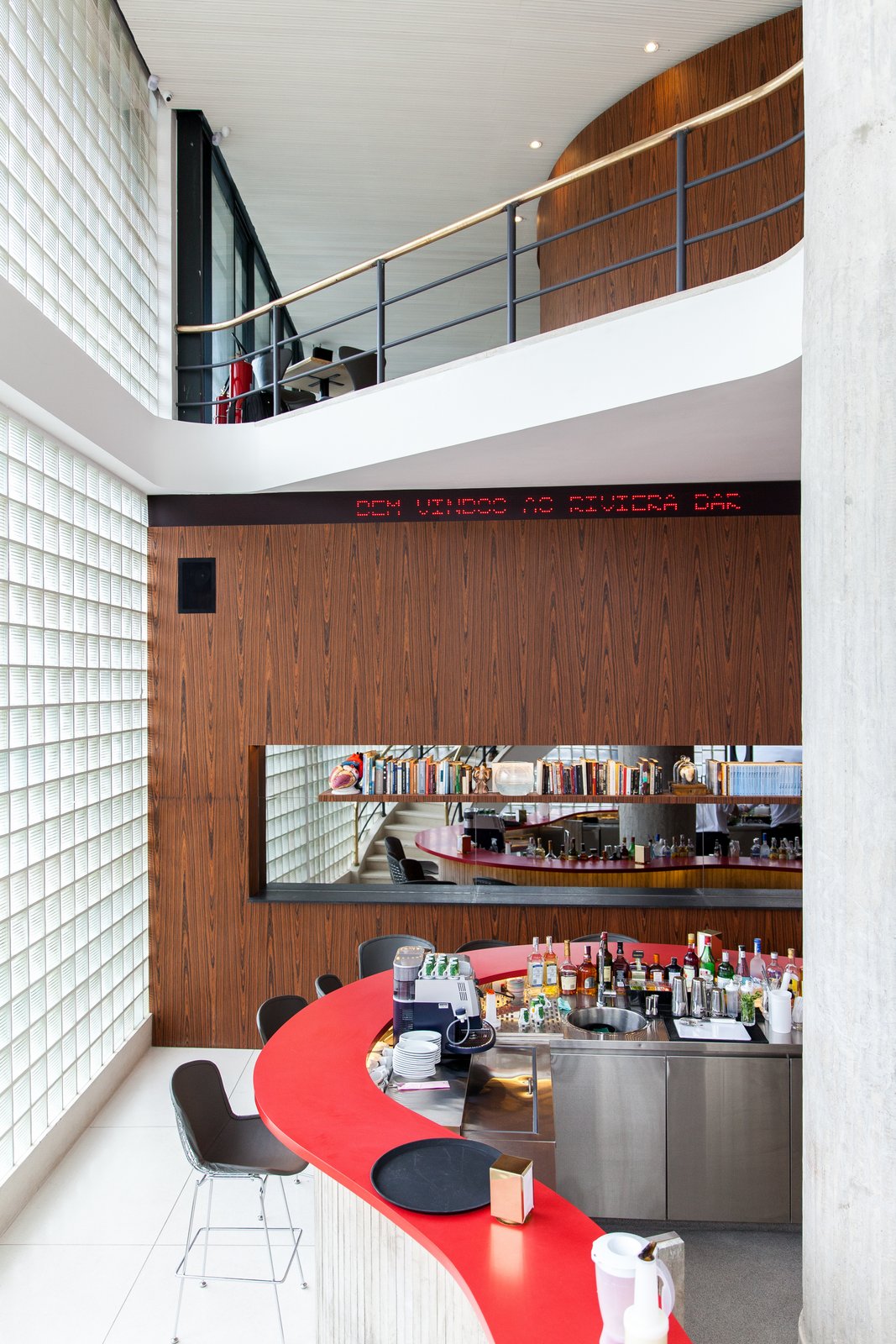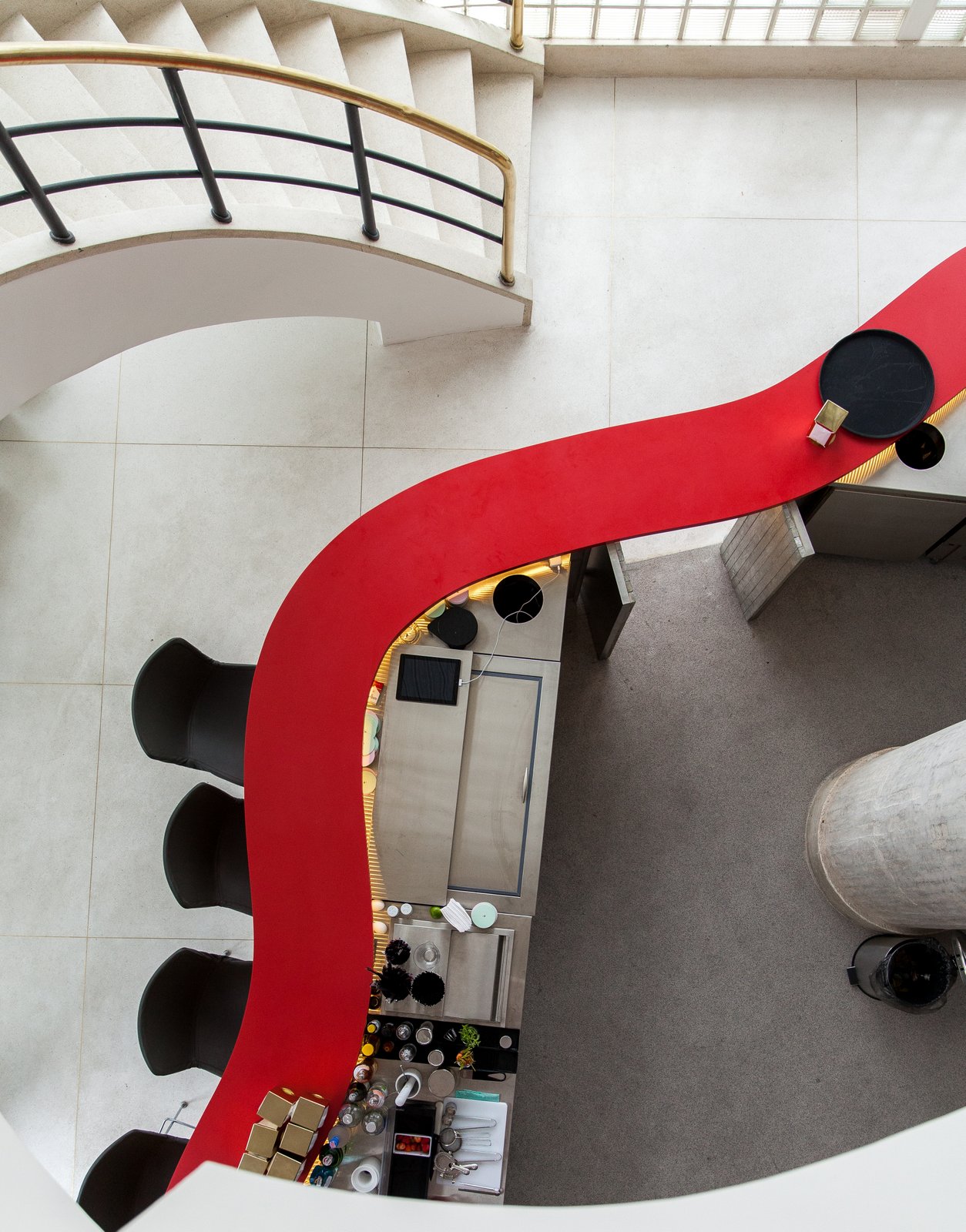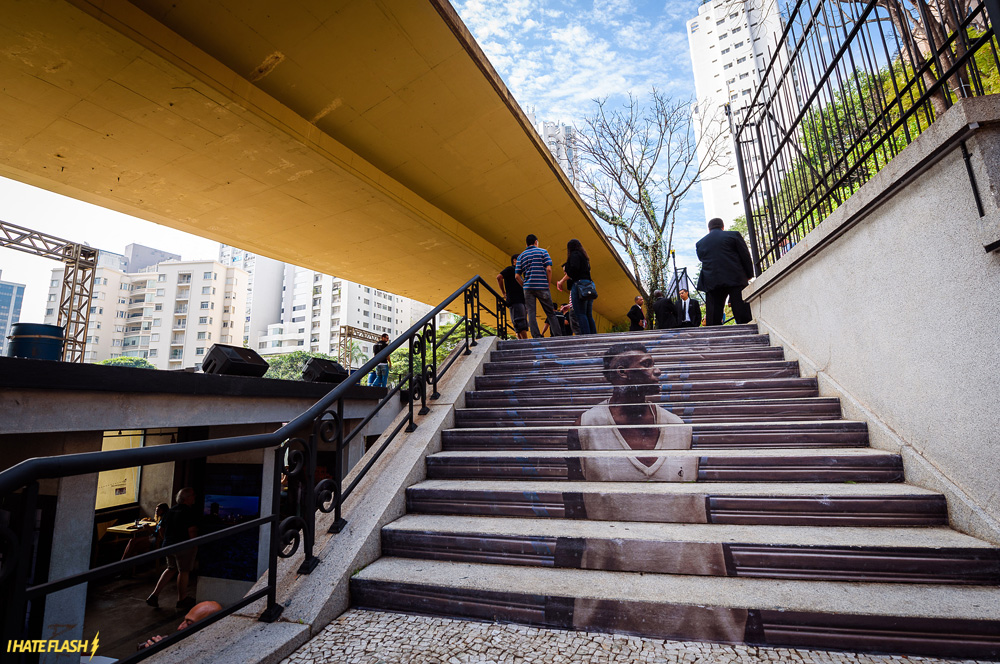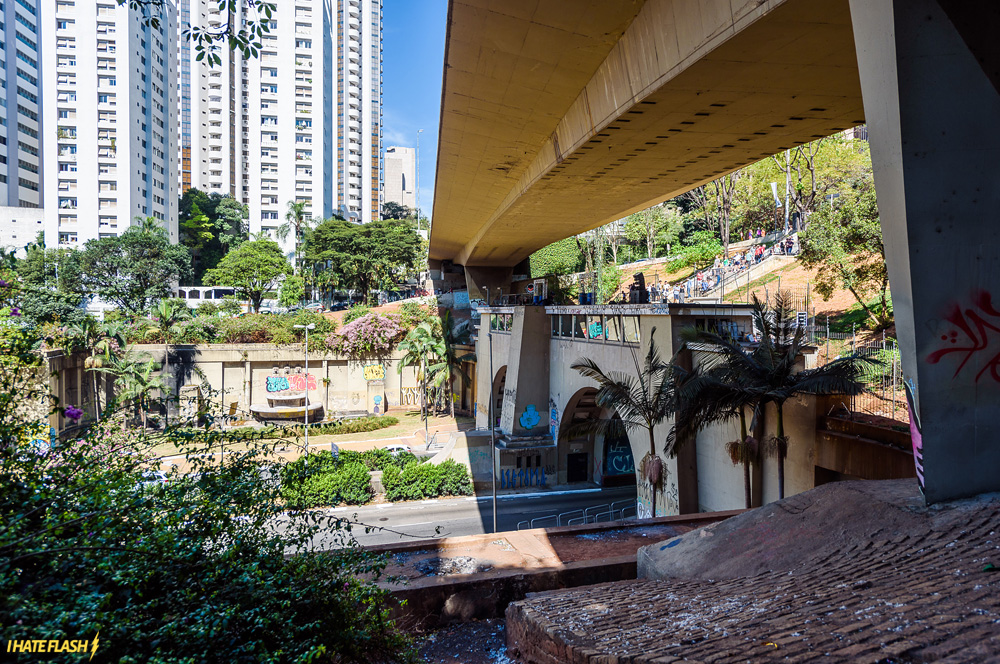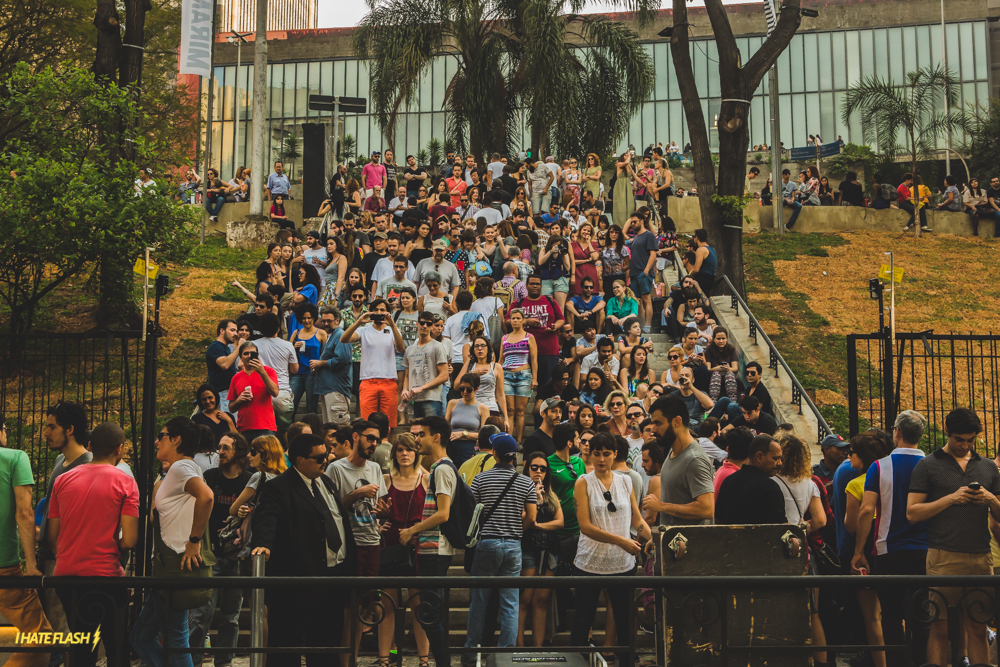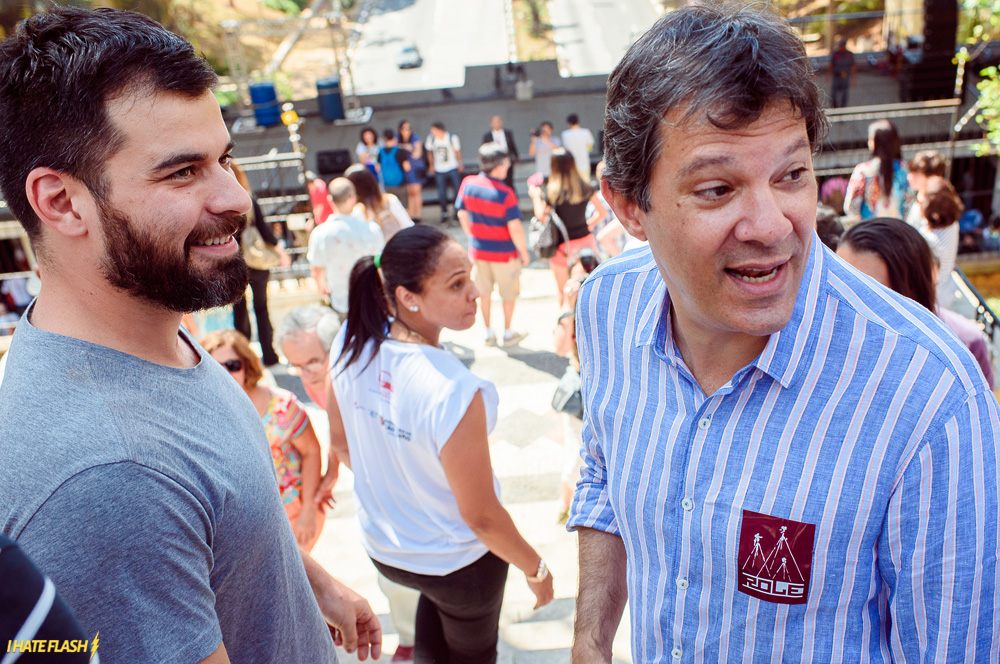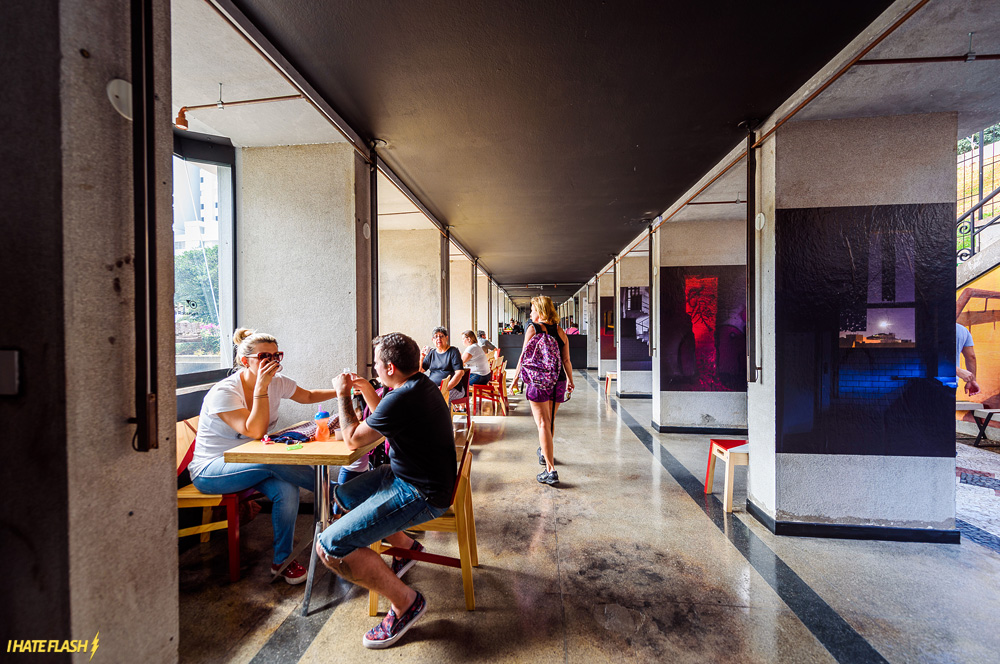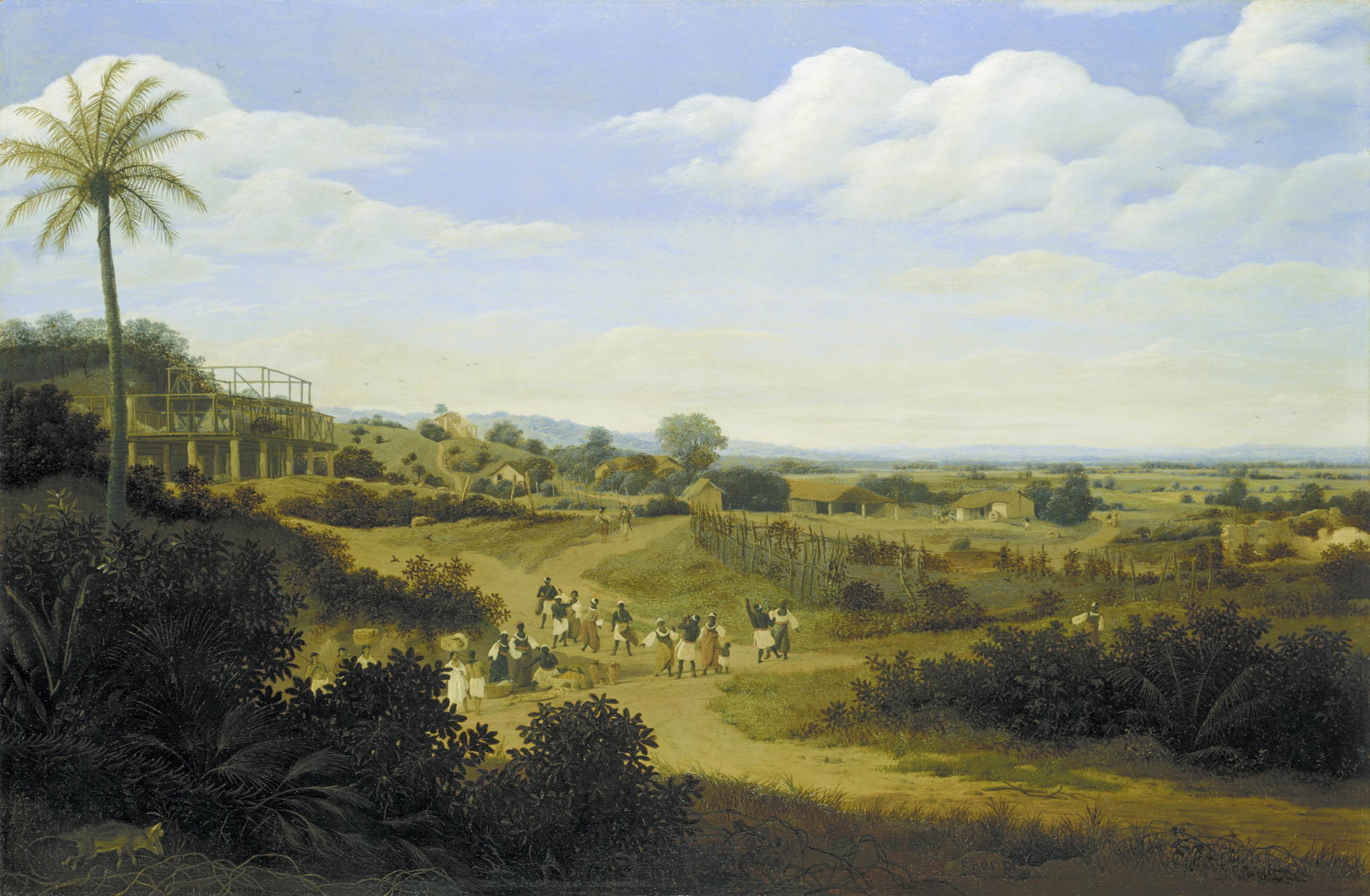Open brief aan de Nederlandse media m.b.t de verslaggeving van de politiek crisis in Brazilië
Amsterdam, 4 april 2016.
Beste redactie,
Hiermee wil ik namens een groot deel van de Braziliaanse gemeenschap in Nederland uw aandacht vragen voor wat er momenteel daadwerkelijk in de Braziliaanse politiek speelt : namelijk een poging tot een staatsgreep.
Tot dusver heeft de Nederlandse media weinig anders gedaan dan het herhalen van het verhaal dat de Braziliaanse mainstream media publiceert .
Echter, is het een feit dat de Braziliaanse mainstream media :
a) in handen is van van een handvol extreem rijke, conservatieve families
b) zijn gekant tegen de maatschappelijk hervormingen die de laatste jaren zijn geintroduceerd , waardoor 40 miljioen Brazilianen boven de armoede grens zijn getild
Dit is tot nu toe, totaal aan de Nederlandse journalisten voorbij gegaan.
Gelukkig hebben enkele buitenlandse media beter werk geleverd, waaronder de in Rio woonachtige Pulitzer Prize-winaar Glenn Greenwald (eerste journalist die Edward Snowden’s leaks over de NSA durfde te publiceren) :
https://theintercept.com/…/brazil-is-engulfed-by-ruling-cl…/
In de VS heeft Glenn Greenwald’s report de aandacht gekregen van onder andere Democracy now:
Al Jazzera had het volgende bericht afgelopen donderdag 31 maart
http://www.aljazeera.com/…/brazil-dilma-rousseff-impeached-…
Op diezelfde dag, donderdag 31 Maart, zijn een stuk of 80 Brazilianen woonachtig in Nederland bijeen gekomen in Theater Munganga in Amsterdam om over de situatie in Brazilië de discussiëren en een strategie te bedenken om de aandacht te trekken van de Braziliaanse gemeenschap in Nederland maar vooral van de Nederlandse media. Soortgelijke demonstraties TEGEN het afzetten van President Rousseff werden in heel Brazilië en in 16 steden buiten Brazilië gehouden, onder andere in Parijs, Berlin, Londen, Madrid, Mexico City e.z.v.
Foto’s en video van deze protesten over de hele wereld zijn hier te vinden :
https://www.facebook.com/midiaNINJA
Foto’s en video van de eerste bijeenkomst in Amsterdam zijn hier te vinden :
https://www.facebook.com/events/929047900547877/
Tijdens deze emotionele bijeenkomst in Amsterdam, die plaats vond op de vooravond van het 56 ste jubileum van de militaire coup van 1964, werd er onder andere besloten om demonstraties te houden op het Beursplein in Amsterdam op 03, 10 en 17 april van 15:00 tot 17:00 uur.
De eerste demonstratie vond gisteren plaats en foto’s en video daarvan zijn hier te vinden :
https://www.facebook.com/events/1715511822022349
Segundo Ato pela Democracia no Brasil – Amsterdam from Latitude Sul on Vimeo.
Er wonen meer dan 15000 Brazilianen in Nederland en minstens zoveel Nederlanders in Braziliê. Brazilië is een heel belangrijke handelspartner van Nederland. Shell heeft enorme commerciele belangen in de Braziliaanse oliemaatschappij Petrobras. Indien President Rousseff afgezet zou worden, zou dit ook consequenties hebben voor Shell . Hetzelfde geld voor Nederlandse banken.
Daarom vragen we dat de Nederlandse media zichzelf beter informeert over wat er daadwerkelijk aan de hand in is in Brazilië , zodat hun publiek over dit onderwerp beter wordt geinformeerd.
We zijn ons ervan bewust dat we dit niet kunnen forceren, echter hopen we dat u allen de moeite neemt om een meer tweezijdig beeld te schetsen van de gebeurtenissen in ons thuisland Brazilië, hetgeen ons aan het hart gaat
Natuurlijk stellen we ons beschikbaar voor nadere informatie.
Met vriendelijke groeten,
Eduardo Ramos
Creative Director – Braziel
Meer achtergrond informatie Nederlandse belangen in Brazilië (in Nederlands):
http://www.nu.nl/…/shell-denkt-investeringen-in-brazilie.ht…
http://vorige.nrc.nl/…/Cocktail_van_pessimisme_overspoelt_B…
http://www.nrc.nl/…/sbm-offshore-245-miljoen-dollar-voor-af…
**************************************************************************************
Portugees versie:
Carta Aberta à mídia holandesa em relação à cobertura da crise política no Brasil.
Prezada redação,
Venho por meio desta, em nome de uma grande parte da população brasileira na Holanda, pedir a vossa atenção para o que de fato está acontecendo agora na política brasileira: uma tentativa de Golpe de Estado.
Até agora a mídia holandesa tem feito pouco além de repetir a hisória publicada pela mídia de massa brasileira. Entretanto, a mídia de massa brasileira:
a) é controlada por uma media-dúzia de famílias extremamente ricas e conservadoras,
b) é contrária às reformas sociais introduzidas nos últimos 14 anos, através das quais 40 milhōes de brasileiros conseguiram sair da linha de pobreza.
Estes dados têm sido, até agora, completamente ignorados pela mídia holandesa.
Felizmente, alguns órgãos da mídia internacional fizeram um trabalho melhor, entre eles o morador do Rio de Janeiro e ganhador do Prêmio Pulitzer de jornalismo Glenn Greenwald ( primeiro jornalista que ousou publicar os vazamentos de Edward Snowden sobre a NSA):
https://theintercept.com/…/brazil-is-engulfed-by-ruling-cl…/
Nos Estados Unidos, a reportagem de Glenn Greenwald chamou a atenção do Democracy Now:
http://www.democracynow.org/…/glenn_greenwald_brazils_democ…
Al Jazzera transmitiu a seguinte reportagem e debate no dia 31 de Março:
http://www.aljazeera.com/…/brazil-dilma-rousseff-impeached-…
Naquele mesmo dia, 31 de Março, cerca de 80 brasileiros residentes na Holanda se reuniram no Teatro Munganga em Amsterdã para discutir a situação no Brasil e pensar em uma estratégia para chamar a atençāo da comunidade brasileira na Holanda e, sobretudo, da mídia holandesa. Demonstrações semelhantes CONTRA o impeachment da Presidente Rousseff aconteceram no Brasil todo e em 16 cidades fora do Brasil, entre elas Paris, Berlim, Londres, Madri, e Cidade do México.
Fotos en vídeo destes protestos estão disponíveis aqui:
https://www.facebook.com/midiaNINJA
Fotos e videos deste primeiro encontro em Amsterdam estão disponíveis aqui :
https://www.facebook.com/events/929047900547877/
Durante este encontro bastante emotivo em Amsterdam, que aconteceu na véspera do 56o aniversário do golpe militar de 64, decidiu-se entre outras coisas fazer demonstrações de rua na Praça da Bolsa de Valores de Amsterdam nos dias 3, 10 e 17 de Abril, das 15:00 às 17:00 horas .
A primeira demonstração aconteceu ontem e o fotos e vídeos estäo disponíveis aqui :
https://www.facebook.com/events/1715511822022349
Mais de 15000 brasileiros vivem na Holanda e pelo menos o mesmo número de holandeses vivem no Brasil. A Shell tem enormes interesses comerciais na Petrobrás. Caso a President Rousseff seja afastada, isto teria consequências para a Shell e o mesmo vale para os bancos holandeses.
Por isso, pedimos a mídia holandesa que se informe melhor sobre o que de fato está se passando no Brasil, para que o seu público também possa se informar melhor.
Somos conscientes de que não podemmos forçar isso, mas esperamos que todos vocês se dêem ao trabalho de criar uma estória menos parcial dos acontecimentos em nossa terra natal, o Brasil .

